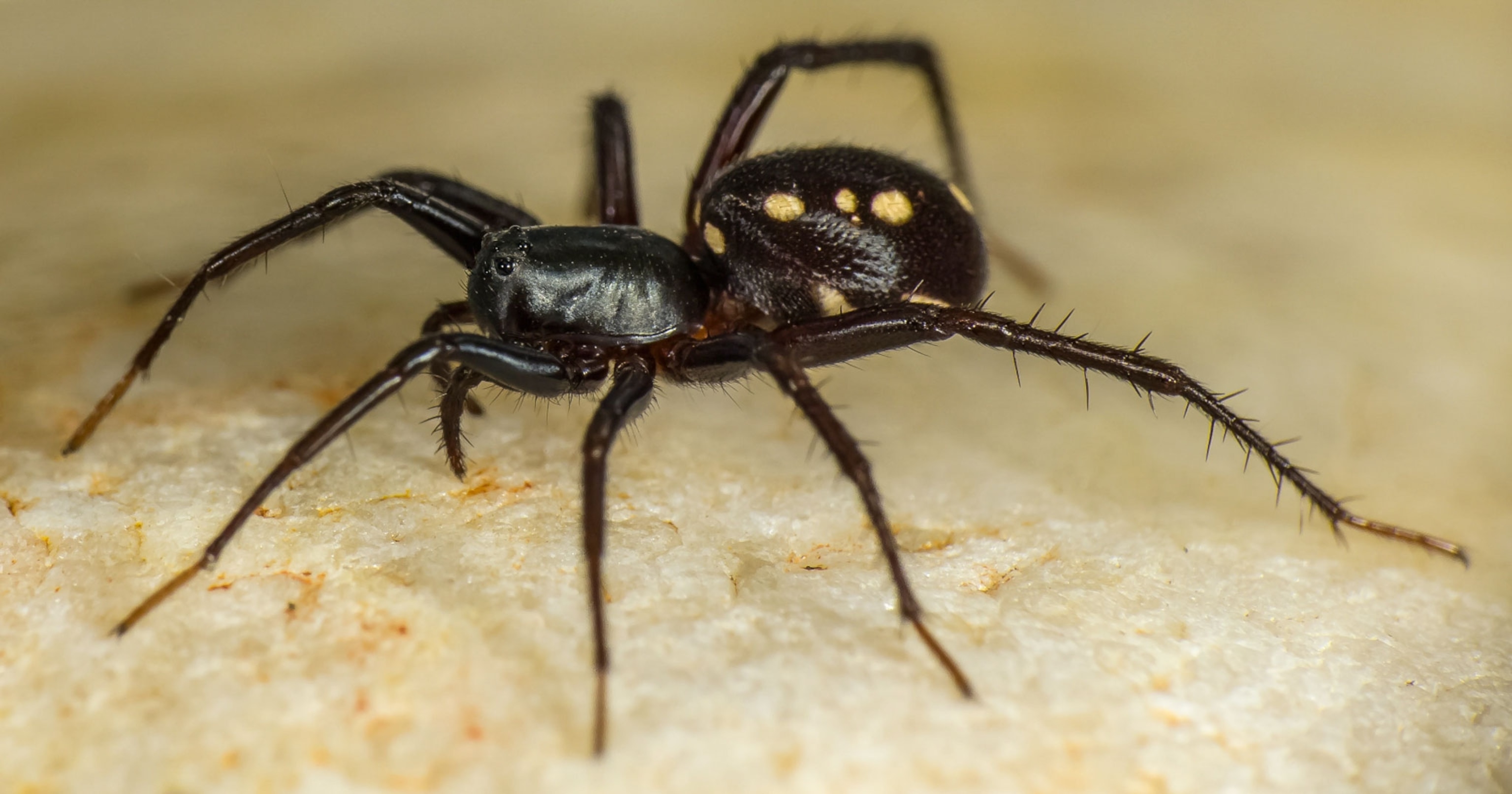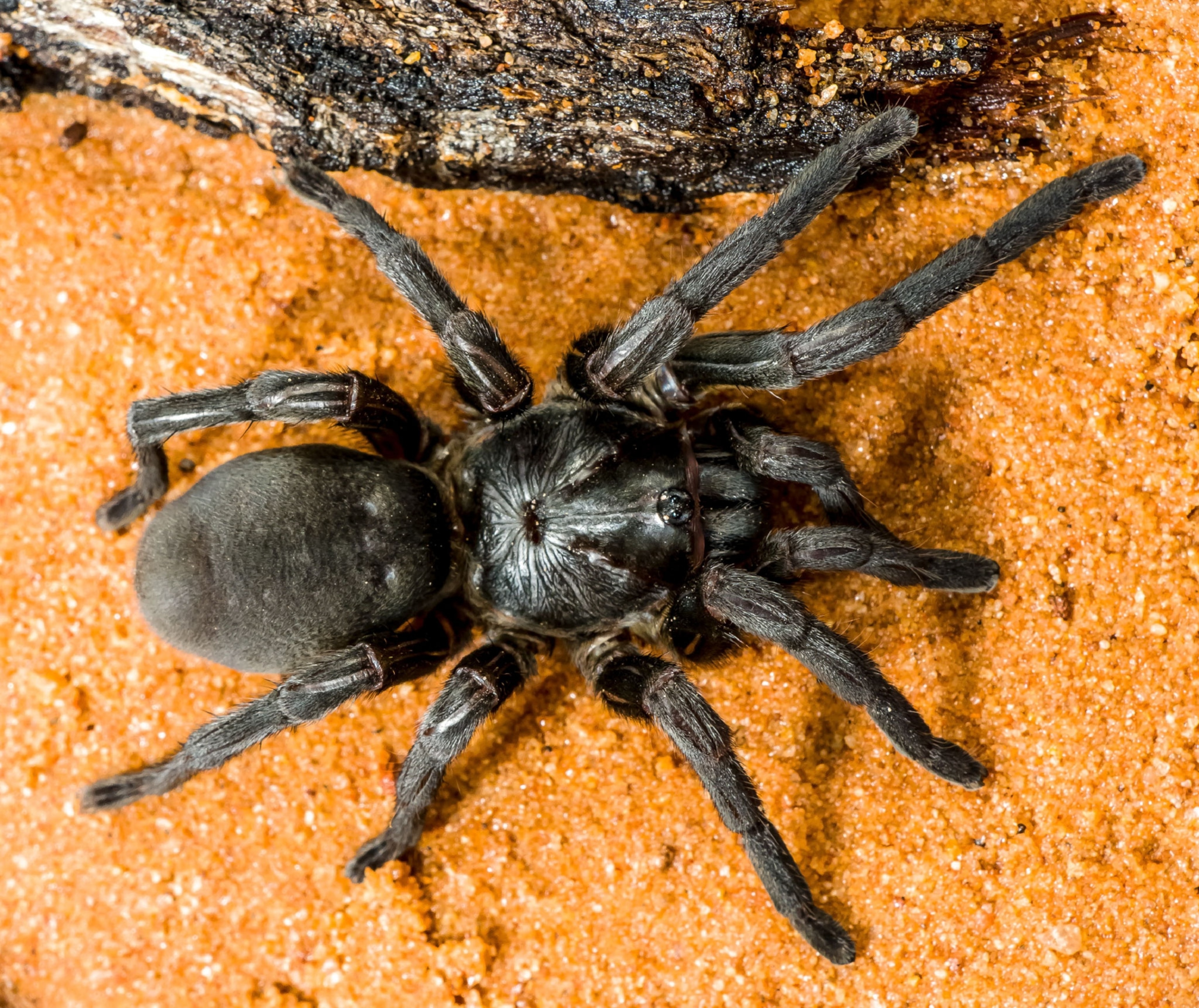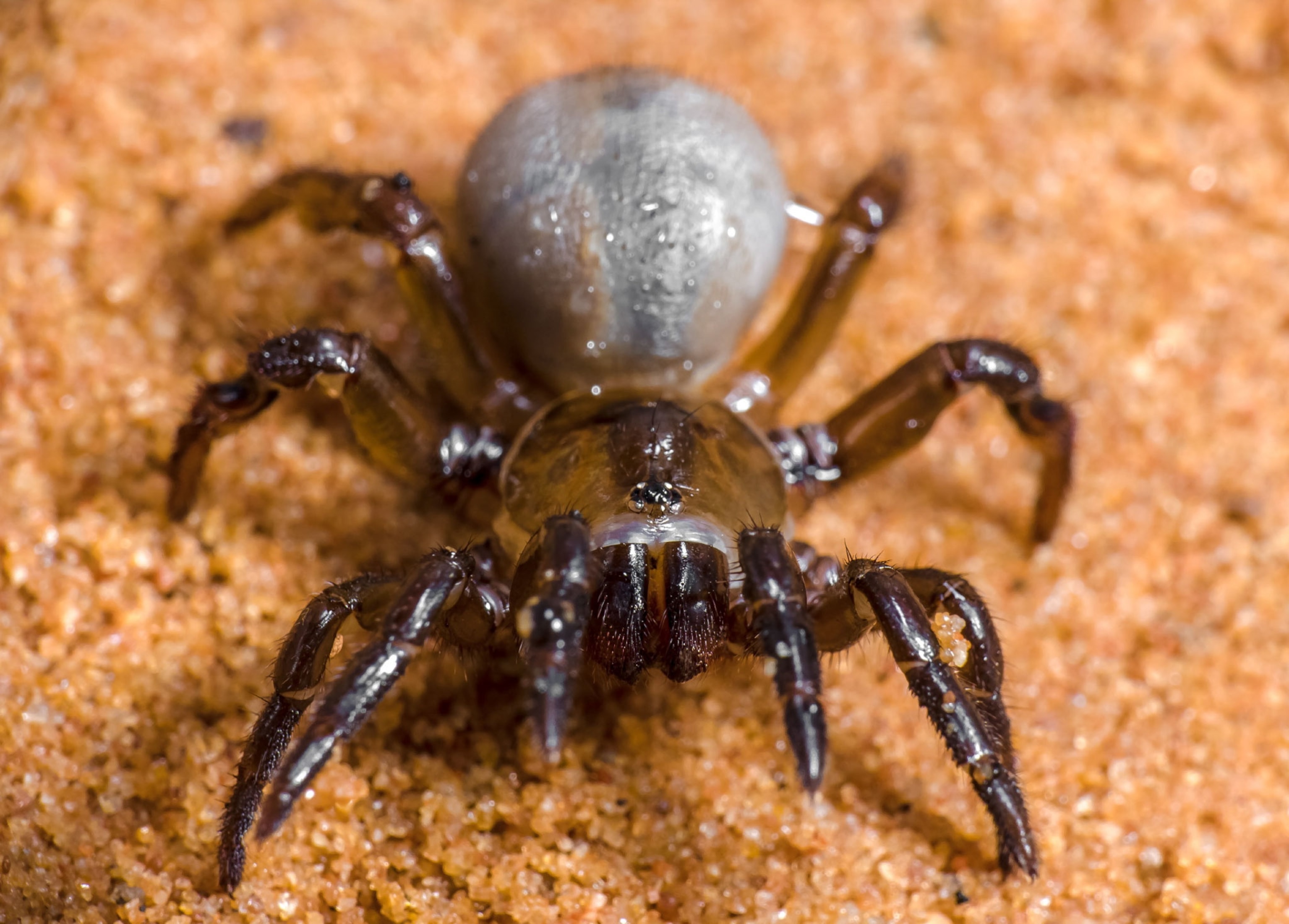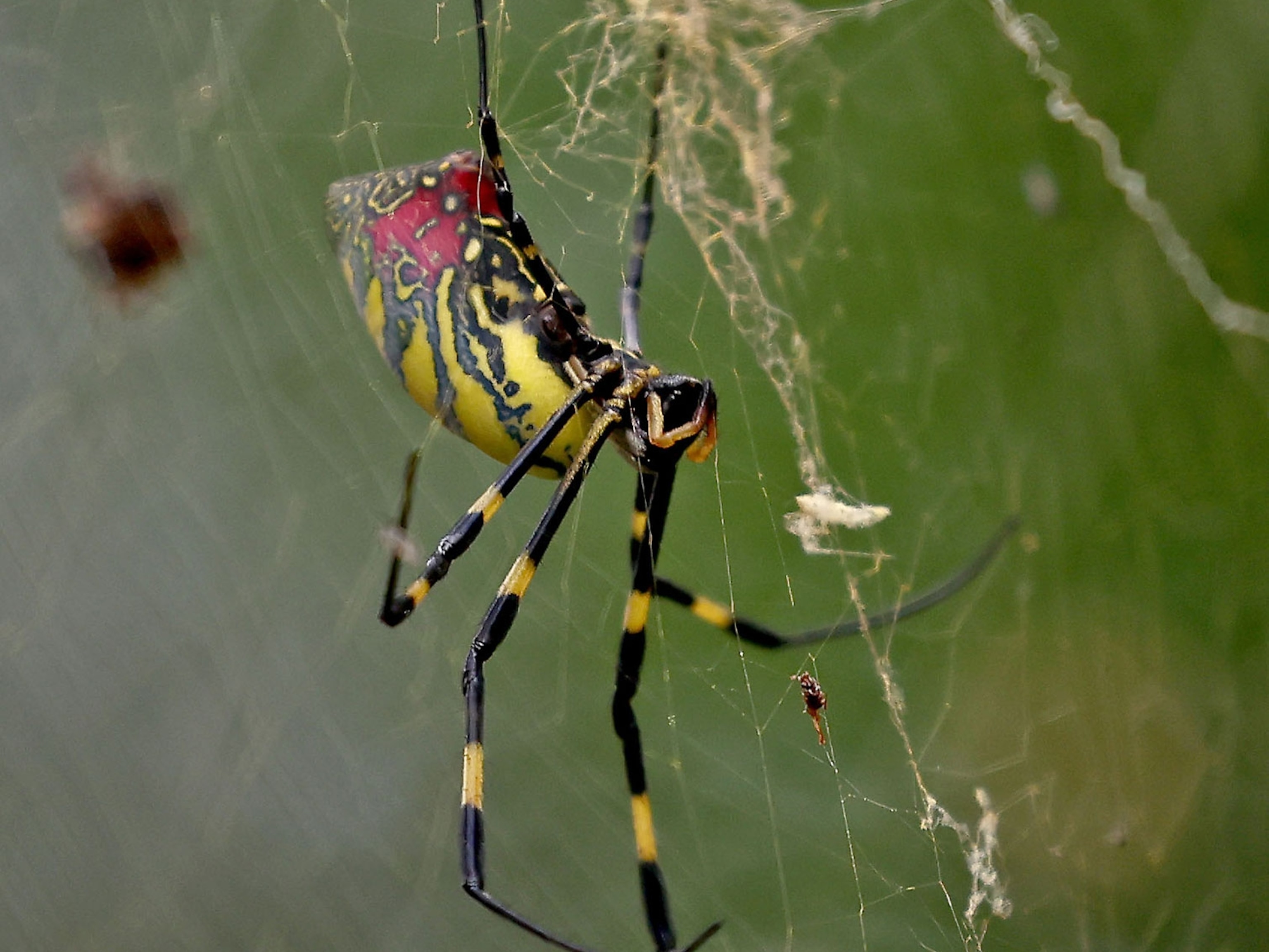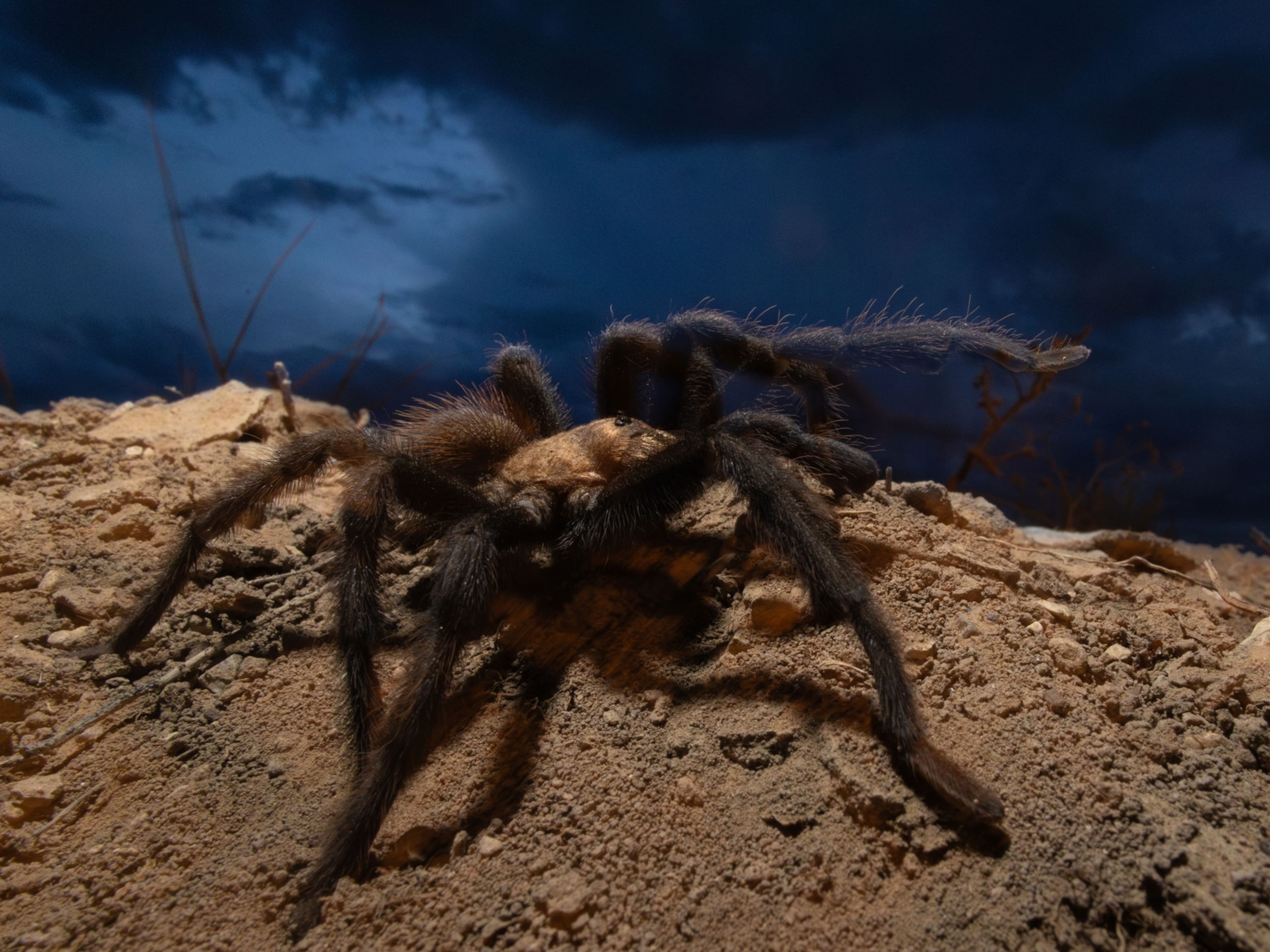50 New Spiders Discovered In Australia
Spiders capable of diving, jumping, and dancing (and one the size of a human face) were among the new species discovered.
Arachnophobes have 50 new reasons to be wary of Australia.
During a two-week research mission in the Australian bush, a team of 23 scientists and rangers identified 50 new species of spiders.
In an interview with Australian Geographic (not affiliated with National Geographic), one of the four arachnologists on the expedition, Robert Raven, said the diversity of the spiders found was "mind-blowing."
According to the magazine's report, the spiders run from the size of a fingernail to enormous tarantulas whose legs could span the width of a human face. They were found on the Cape York Peninsula, in northern Queensland, Australia.
One of the species that has scientists particularly excited is a peacock spider that displays an elaborate dance in order to attract females. Other notable species discovered include a spider that mimics the behavior of ants and spiders that dive beneath the surface of the water.
Raven discovered this aquatic variety of spider while waist-deep in a creek in the middle of the night. Discussing his findings with Australian Geographic, he noted that they are capable of staying underwater for long periods, and that the research team plans to study the DNA of this species closely.
The research effort was part of an expedition called Bush Blitz that is funded by the Australian government and private entities BHP Billiton Sustainable Communities and Earthwatch. Some 1,200 species have been discovered by the research push since it began, off 34 expeditions.
The 50 recently discovered spiders puts the number of new spider species found in Australia by Bush Blitz at 201, since the program began in 2010. There are 3,500 known spider species in Australia, but estimates run as high as 15,000 that have yet to be identified.
In an interview with the Guardian Australia, Barbara Baehr from the Queensland Museum said Australia's abundance of spiders are likely attributed to the region's ecological richness and a successful wet season.
The research push is working to identify a number of species in the Australian bush by partnering with indigenous rangers who have a unique understanding of the area. In turn, rangers gain a more scientific understanding of the land they manage.
The Cape York area now boasts one of the highest concentrations of spiders in Australia, prompting the Bush Blitz researchers to unofficially deem it the spider capital of the country.
“This was one of the largest number of species Bush Blitz has ever discovered during one expedition,” the research team said in a press release.
The region of Queensland in which the spiders were found is known as Quinkan Country. Australia's Department of Environment and Energy is reviewing Quinkan Country for inclusion on the National Heritage List. The designation recognizes regions with "outstanding heritage value."
Researchers from the Bush Blitz team hope that the abundance of species discovered will help push the government to protect the region. Brad Grogan, a manager of the Western Yalanji Aboriginal Corporation, hopes the region will be more recognized for its biodiversity.
“Hopefully this expedition will help us identify areas of natural values that we can protect for the future," he said.

